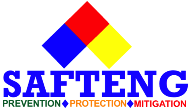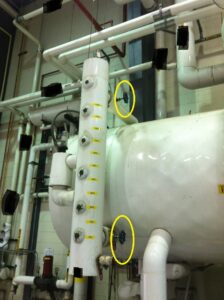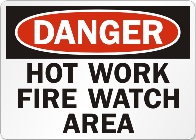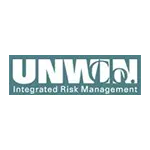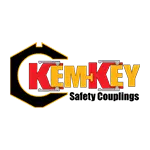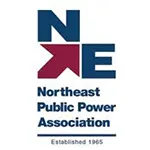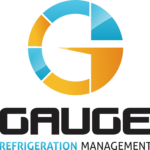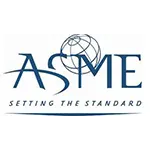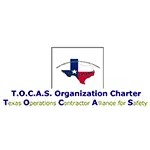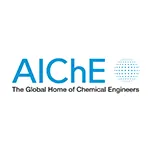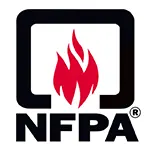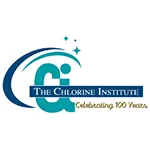Let us help you make sense of PSM / RMP!
My friend Brian Chapin will be offering an open-enrollment PSM/RMP class in Burleson, Texas, July 8th to 11th, 2025. Brian is an absolute pro in NH3 Refrigeration Process Safety. Anyone who attends will also get a FREE membership to SAFTENG. You can get more information on the class with this link.
CLICK HERE to Renew your Membership
CLICK HERE for a NEW Membership
CLICK HERE to see eligibility requirements for FREE Membership
If you have any questions, please contact m
SAFTENG has:
- Over 18,000 categorized unsafe acts/conditions and accident/injury photos
- Over 1,500 ppt's & doc's in the SAFTENG Library
- Over 4,000 Technical Articles on Process Safety, Emergency Response & OSH topics
- Over 450 videos (those not allowed on YouTube Channel)
Many THANKS to my NEW Members and those who CONTINUE to support SAFTENG:









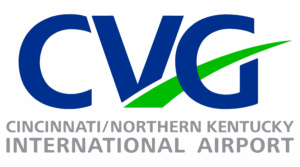

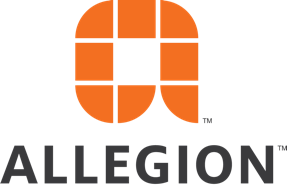
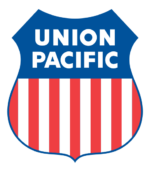
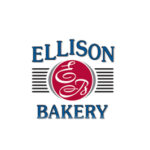
June 16, 2012
Town did not immediately notify the NRC as required following an incident when about 106 pounds of chlorine were released into the atmosphere. In addition, the town did not notify the state and did not provide the state or LEPC with written follow-up reports about the incident. EPA also identified other environmental violations during a risk management program inspection at the town’s water treatment...
Read More
June 15, 2012
Journal of Occupational & Environmental Medicine:
April 2012 – Volume 54 – Issue 4 – p 445–450
Leigh, J. Paul PhD; Marcin, James P. MD, MPH
…
HomeRead More »
Read More
June 15, 2012
The OSHA offices in NY state have been very busy this year! This is about the fifth or sixth significant PSM case from that state in 2012. The others were Ammonia refrigeration; this one involved flammable liquids and gases. Items that OSHA took issue with include:
…
HomeRead More »
Read More
June 13, 2012
Many thanks to Bob Cornett @ MSHA for sharing this Incident Alert! Click Here to download the PDF. WARNING! Document contains Graphic Images
Read More
June 13, 2012
SAFTENG believes this information to be accurate and delivers it as a community service. As such, it cannot apply to every specific fact or situation; nor is it a substitute for any provisions of 29 CFR Part 1910 of the Occupational Safety and Health Standards.
…
HomeRead More »
Read More
June 13, 2012
Below is a listing of OSHA’s General Industry Standards that require some type of written program or plan.
…
HomeRead More »
Read More
June 13, 2012
IMPORTANT NOTE: This is NOT an official listing and is NOT meant to include 100% of all REQUIRED postings, labels, and signs. It is an effort by one individual to identify those OSHA 1910 std’s that require some sign, posting, or label to better prepare a workplace regarding OSHA signage and posting requirements. The user MUST refer to the entire OSHA standard that is applicable to their...
Read More
June 12, 2012
The vessel you are viewing is part of a PSM Covered process. I have blacked out pipe and vessel labeling, as it does not matter what the HHC/EHS is or the type of process. Pay close attention to the sight glass column in the center of the picture. The process vessel shown has a safe upper level of 80%. Exceed the safe upper level and liquid is sent to a compressor, which will...
Read More
June 12, 2012
MANY THANKS to my NEW & RENEWING “Partners in Safety” for their support! since 2012 since 2012 since 2008 formerly Beta Steel since 2006 2012 Fatality Tracker Electrical 35 (2011 = 81) (2010 = 90) (2009 = 100) Forklift/Manlift Mobile Equipment 29 (2011 = 84) (2010 = 110) (2009 = 88) Mining 36 (2011 = 248) (2010 = 480) (2009 = 586) Explosions 97 (2011 = 218) (2010 = 246) (2009...
Read More
June 9, 2012
A Process Hazards Analysis (PHA) may very well be the best tool that has come along to the safety profession since the fire extinguisher! I am kidding of course, well sort of, as the PHA methodologies (and there are many) can be used in so many situations that it is used outside of PSM/RMP as often as it is within the standard requirements of the government regulations. PHA’s were...
Read More
June 8, 2012
Did you know that OSHA still does NOT require an actual Hotwork Permit, UNLESS you are doing the Hotwork in, on, or adjacent to a PSM covered process? It’s true, 1910.252(a)(2)(iv) uses the phrase “preferably in the form of a written permit“. It was not until OSHA put the Process Safety Management Standard (PSM) in place in 1992 that an actual “written permit”...
Read More
